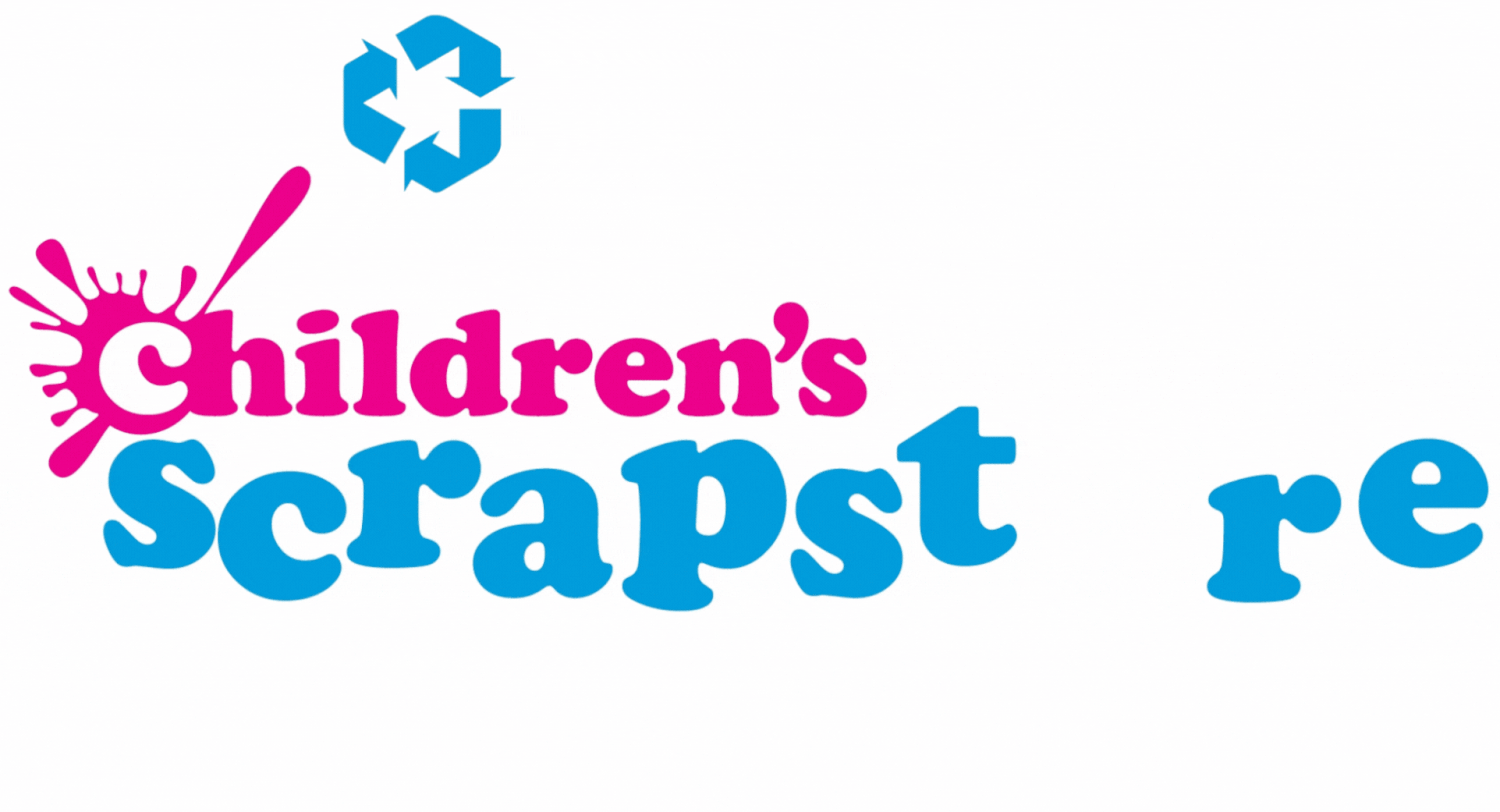
The intention of this blog is to share a process that can be used to assess and improve playspaces developed by Scrapstore Play Services that helps guide the development of better play spaces for children in educational settings. This dynamic process will enable practitioners to consider the affordance and assess the ‘play value’ of their setting and in turn help support decisions in the development of their spaces for play; maximising on current resources and improving the quality of play opportunities and choices available.
Stage 1: Assessment Frameworks
Assessing play spaces for their ‘play value’ of spaces has been developed by a small number of play theorists and practitioners within the UK over the last decade from a playwork perspective, although this has not permeated through to schools playgrounds. Two widely accepted and acclaimed frameworks are:
Play Wales' The First Claim ... a framework for playwork quality assessment publication aims to enable playworkers, and any other adults with an interest in children's play, to analyse, by observation and reflection, the play environments they operate. It gives a framework to assess the quality of what is being provided and experienced.
Simply Play is a simple, effective play value assessment which has been developed through a Knowledge Transfer Partnership between Sheffield Hallam University and Timberplay Ltd. The late Professor Perry Else course leader on the Children and Playwork Degree course wrote numerous published papers and has authored a book on “The Value of Play”. He offered supervision on this project as well as having created the assessment for play value, “Maximising Play Value” on which Simply Play was based. By developing an assessment which focuses on the quality of the play value of a space the aim has been to put the primary purpose for developing play areas back at the heart of their development, namely play.
In the development of this process we have slightly adapted the assessment frameworks to be more relevant to schools and playground logistics but the basic principles are the same. The framework pictured above identifies the various components of a play space that can marked. Although each component is assessed separately they can be grouped as: The words on the framework help the user identify associations with each component.

Scoring System
0 = poor quality or non- existent
1 = low quality or few opportunities
2 = Satisfactory quality or number of opportunities
3 = Good quality or variety of opportunities
4 = excellent quality or wide variety of opportunity
Stage 2: Observation Techniques
When making any assessments and observations of a play space the first things that needs to be considered is: “What does the environment afford to the children’s play needs?”
The concept of affordance was defined by Psychologist James J. Gibson
“the possibility of an action on an object or environment.” Affordances as all "action possibilities" latent in the environment, independent of an individual's ability to recognize them, but always in relation to agents (people or animals) and therefore dependent on their capabilities. For instance, a set of steps which rises four feet high does not afford the act of climbing if the actor is a crawling infant.
In this short film Don Norman discusses the concept of affordance which can be used to easily understand how it can relate to children’s play.
With affordances in mind the next stage is to use the framework discussed above to determine the following:
What types of play and components are currently catered for. Depending on the size of the space and to make it slightly easier this can be further sub sectioned into:
Natural, green areas and natural features
Man-made features and landscapes
Photographing the site is helpful to use as a point of reference for the later aspects of this process. What aspects of the environment are missing or not present. Note: (This can be down to the physical limitations of the environment and or the interventions in place by staff.)
Stage 3: Mapping & Recommendations
Once the current and missing opportunities have been identified the next stage is to map the play space/s with all its existing physical and play features and improvements that will improve the play offer. Mapping in this way:
Maximises on the affordances that each environment offers
The creation of a sensible flow around the space
Enables appropriate placements for all of the recommended features, topography or links, which maximises on usage versus investment made.
Suggesting a stage area next to a football pitch for example means that anyone using the stage runs the risk of being hit by a football or leaves no space for an audience.
Considers the multiple uses of the spaces available.
We usually do the observation and mapping process as a small team as it brings a good range of observations and ideas to the table.
This video shows a speeded up version of the mapping process from paper to computer. The final part of the audit process is to provide a more detailed explanation of all the recommendations with photographs and then annotated with text providing a rational. We recognize that within the school community there are many user groups so presenting this document in an easy to understand pictographic format to support any proposed changes is important.
The video below looks at one aspect of a site and the recommendations suggested for this. If you are interested in finding out more about playground development please download an Visual Audit Information Sheet or contact Scrapstore Play Services or phone 0117 914 3002
